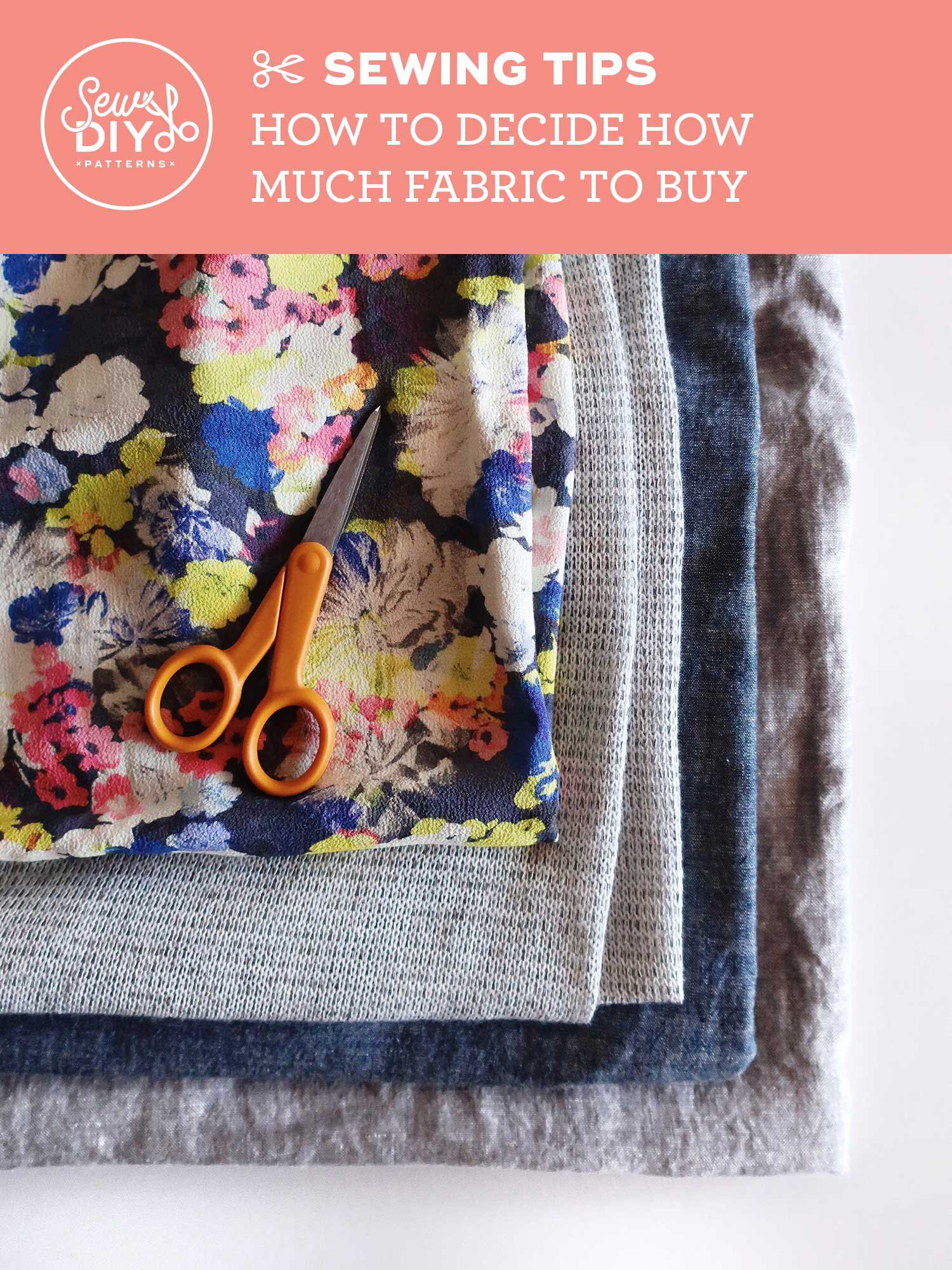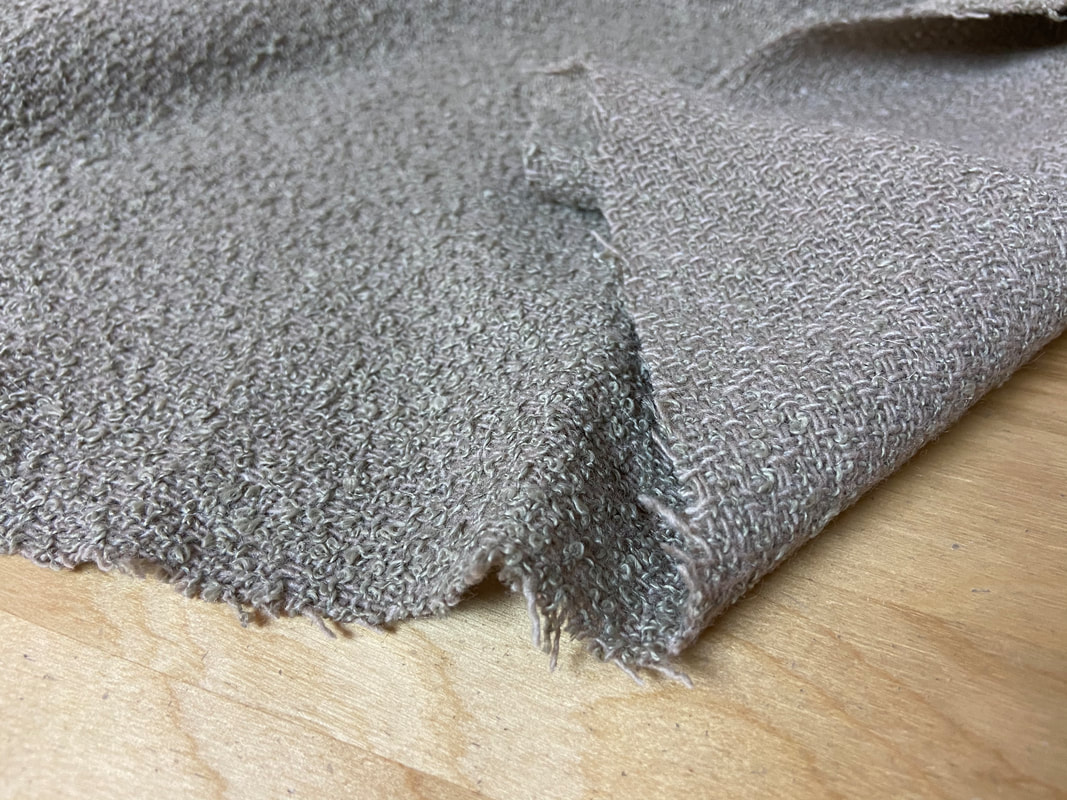Unknown Facts About All 4 Way Stretch Fabrics
Table of ContentsThe 7-Second Trick For All 4 Way Stretch FabricsThe Definitive Guide to All 4 Way Stretch FabricsGetting My All 4 Way Stretch Fabrics To WorkGetting The All 4 Way Stretch Fabrics To WorkHow All 4 Way Stretch Fabrics can Save You Time, Stress, and Money.Fascination About All 4 Way Stretch FabricsThe smart Trick of All 4 Way Stretch Fabrics That Nobody is Discussing
As I likewise desire UV security from my garments when I go out, I would certainly pick a densely woven cotton fabric. Also the undergarments is much better in cotton (No spandex bands anywhere near the skin). Look into the most effective textiles appropriate for making summertime clothes. One more factor to consider when getting the fabric is the method it will after cleaning.A safe wager would be to buy at least 10% additional textile. If you can buy preshrunk material, this is the finest.

If you are matching the shade, like picking the cellular lining for the major fabric or selecting textile to add as trim, this is specifically vital. The material display rooms will generally have a light well where you can see the textile in sunshine (or a window with great light from outside).
The Only Guide for All 4 Way Stretch Fabrics

Most fabrics are about 44 vast. When you go to buy material, quote just how much you desire initially and afterwards most likely to the shop. Have a look at this post to recognize the solution to this often listened to concern "Just how much material do I need". With a fat quarter, you will certainly get an 18 vast by 22 long.
Some great bargains can be had this method. In dressmaking, we acquire fabric by the yard/meter.
See This Report on All 4 Way Stretch Fabrics
In a quarter of a yard, you get a 9 by 44 strip of material, which has to do with 22 centimeters in size. It is always much better to get broader fabric. According to the size of textiles, they may be called single-width and double-width. Single width is typically as much as 49 inches in width and double width up to 60.
You can discover more regarding lawn to meter conversion below. Take a look at this article on reviewing a measuring tape Choose textiles that are not also hard or inflexible, or you would not be comfy in them. Linen, Denim, flannel, For cooler environments, select wool (100% in addition to wool blends) wool tweeds, woollen crepe; it primarily depends upon what trousers you are discussing Tailored trousers, Unstructured Pant, Combined, Jeans.
All cotton materials are great for kids. Knit materials are also excellent for kids you can go for woollen knits.
All 4 Way Stretch Fabrics for Dummies
Inspect out this blog post on the very best fabric for garments for children and children for even more information on this topic. Light-weight cotton is my favored to stitch skirts. Cotton yard towel in lovely prints is fantastic. Silk jacket is a wonderful fabric for sewing skirts, as is Ponte Roma weaved material.
Drapey rayons, soft wool, lycra blends, and stretch velvets are all suitable for sewing skirts. Woollen (Wool crepe has a fantastic drape and provides enough structure for jackets; woollen tweeds are great as well), Bed linen & Flannel. Velour (Check out the slouchy velour blazer tutorial, by the way). Lightweight knits benefit free-flowing jackets such as this waterfall coat pattern Raw silk, satin, taffeta, velour, Shoelace, silk chiffon, and Organza are all terrific for making gowns.
You can purchase medium-weight textiles with some spandex/elastane added for a suitable bodycon-type dress. For drapey outfits, you can select lightweight fabrics. Crepe, challis, and charmeuse are all drapey textiles suited for this style.
Lightweight cotton material, Cambric, Chintz, Twill, Faille, Seersucker, Poplin, light-weight woven broadcloth, batiste, bed linen, eyelet are good for making t shirts and blouses. Silky satin material is excellent for making ventilated tops. When buying patterned fabric (most of the patterned material comes with a size of 45 or 54 inches), there will certainly be pattern repeat in these fabrics, and this must be taken right into consideration when cutting material as well as acquiring them i.e., if you desire to match the patterns at the seams.
The Definitive Guide to All 4 Way Stretch Fabrics
The themes will be dispersed in a scheduled style on the material. You may see often If the print is not put on the material correctly, it can not be matched or lined up when created without distorting the fabric and the hang of the garment.


The textile weight is dependent on several elements like the weave, fiber kind, and so on and is usually represented by GSM. GSM can vary from 60 -700; 700 being the GSM of really top quality woolen material.
One point you have to maintain in mind is that greater fabric weight does not denote higher textile top quality. You can not choose high fabric weight fabric jeans for a light-weight drifting stole.
In a nutshell, the most important standards to look for in the textile you buy are as complies with (https://blogfreely.net/a4wsfabrics/we-all-love-sports-so-its-important-to-be-as-flexible-as-possible). The number of threads per inch of textile (yarns-per-inch).
Little Known Questions About All 4 Way Stretch Fabrics.
In high-grade textile, this balance (either in numbers or in dimension) will always be preserved. Procedures used on material to enhance appearance and performance.
A two-ply yarn is remarkable to a my response single-ply thread.
If you are obtaining all set to begin a brand-new stitching task, choosing a textile will certainly be one of the most vital action when you choose what you want to make. After you've mosted likely to all the difficulty and cost of getting the stitching maker you like, a pattern you love, and a material you like, you desire the completed product to be a success, right? One method to accomplish that is to begin by ensuring your fabric is truly appropriate for the task.
How All 4 Way Stretch Fabrics can Save You Time, Stress, and Money.
As an example, if you're making a patchwork, you'll immediately desire to make use of quilter's weight cotton for finest results. What if you desire to make a thing of clothes? Just how do you understand which textile will give you the most effective outcome? Picking a textile merely due to the fact that you love the print or style on it isn't always the most effective method.
In order to stay clear of doing a whole job for virtually nothing, we've compiled some tips to help you decide which textile is right for your project. Allow's claim you currently have a job in mind; just how do you find the appropriate textile for it?
Assume of the features you desire the finished item to have. Do you want a strong color or a print? If you are making a non-wearable item such as a cushion cover or potholder, use a sturdy material such as canvas.
There is so much info around concerning textiles, their qualities, and their usages, it might get to be overwhelming! Don't attempt to take it in all at when; simply start with the project at hand. Find out all you can regarding the textile you utilize for this set project.